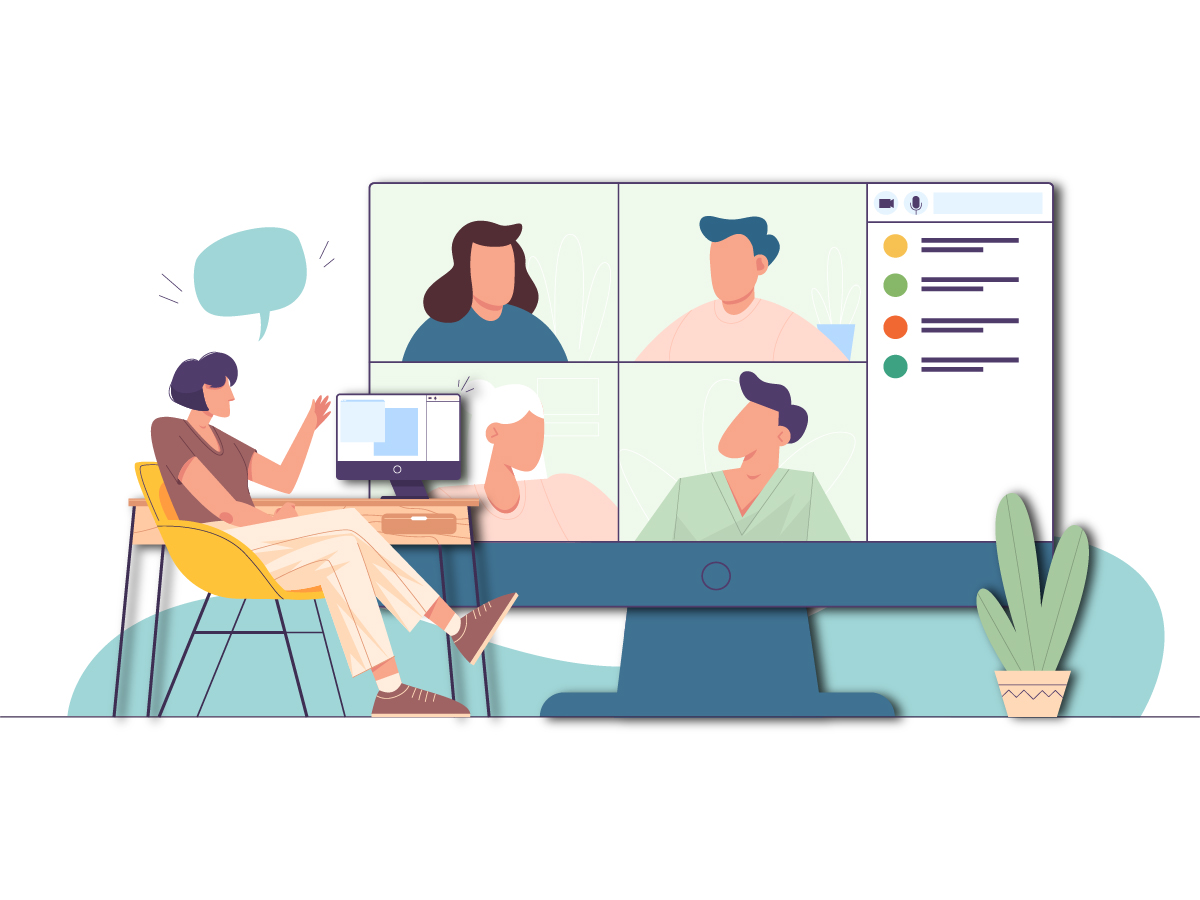
Covid 19 pandemic has redefined how people see work, family, and life. Work from home, becoming the new normal, hybrid workspaces are going to gain importance in the near future. Many organizations and businesses have started to redefine their workforce systems making them more agile and adaptive.
As businesses step into the post-covid era, right workforce management is crucial. Workforce planning begins with the business’s goals and strategy in mind. The best workforce strategy planning invests in employees and ensures they have the technology and tools they need to do their jobs efficiently. Needless to say, a strong team will increase productivity and profits for a business and create a positive experience for customers.
There are essentially 5 major steps to designing a winning manpower strategy planning –
- Company-wide Alignment of Goals
Alignment between the company, teams and individuals is very important and probably the foremost step in creating employee strategy. Clear direction about how work aligns to business goals improves employee commitment and a feeling of ownership. Communicating the goals, therefore, is an important step towards ensuring employees are working towards the business goals. - Current Workforce Planning
Building for the future can happen when you know exactly where you are now – how the current workforce is placed, and how well they are measuring against their goals. This analysis helps with an overall picture of which department is under-skilled, understaffed, or overstaffed. An integrated tool that presents these data points can help organizations understand where their employees’ needs to improve or need training programs, and it also helps them plan for future hiring. - Superior Employee Experience
Managing a fabulous employee experience is about paying detailed attention to moments that truly matter in their lives. By providing exceptional employee experiences, you tap into the passion for their work translating into higher profits for firms. With the rise of remote work, companies strive to integrate multiple touch points into one view and stay connected regardless of where they are working from. IT systems are now being upgraded for a more seamless hybrid work environment. Goals and performance reviews are tied into the system, allowing employees an easy way to see how and where they can improve. - Learning and up-skilling
Another crucial aspect of employee management is development and up-skilling or re-skilling your team. The old methods of working like performance management system, career growth path, and hiring wouldn’t be effective to retain the top talents within the workforce. Meaningful work is what motivates the workforce. And to drive motivation, understanding what ticks an employee is essential. Avenues for better learning and up-skilling need to be created for the employees to ride along when rapid changes are underway. - Workplace fluidity is here to stay
The work environment very much affects our day-to-day productivity, including when, where, and how we work. Experts agree that although quite a few people would want to work remotely forever, they would love to have the flexibility to report to the office. The question certainly remains how effectively the management can navigate to provide a positive experience to all employees and engrain a hybrid setup within the company’s culture.
There are many factors that go into workforce management in a business. The workforce may include different personality types, which requires planning to ensure that they are productive, engaged, and innovative in solving complex challenges. The workforce strategies, therefore, need to be more agile, making them adaptable to the needs of any business.

